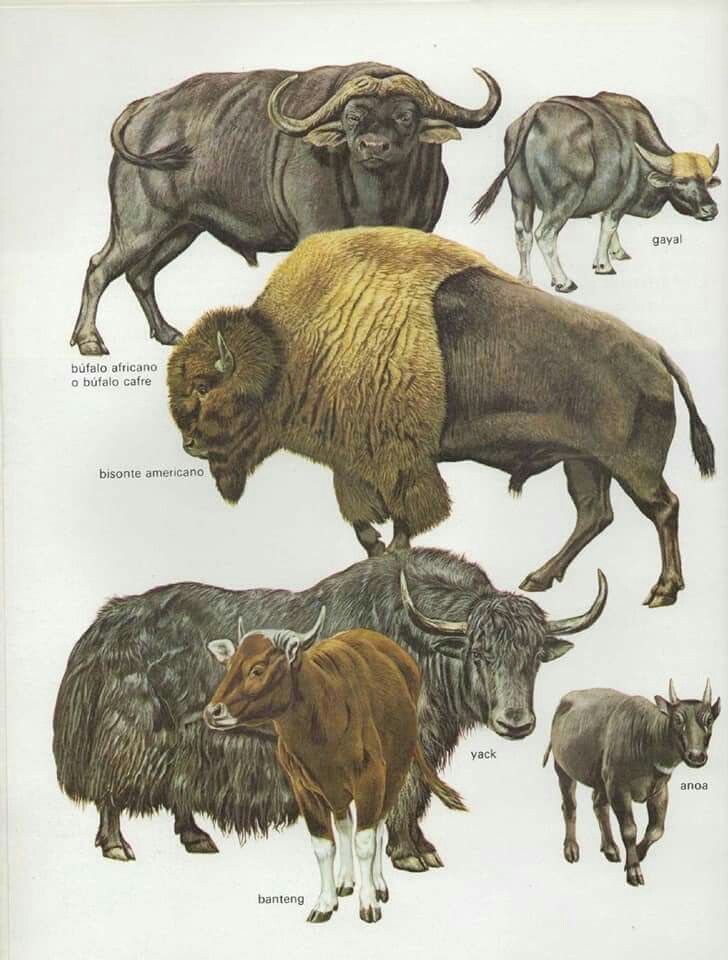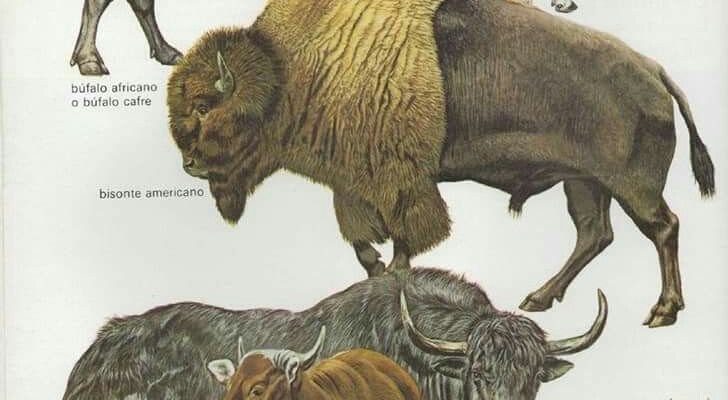
Imagine sitting across from a friend at your favorite coffee shop, and they ask, “How did buffalo come to be?” Well, it’s not just about one type of buffalo; there are different species, and their history is intertwined with both our planet’s climate changes and the rise of early human societies. From ancient ancestors to their modern forms, buffalo have a riveting tale to tell.
So, let’s dive into the remarkable journey of buffalo evolution—from their beginnings millions of years ago to their roles in ecosystems today.
Buffalo’s Ancestral Roots
Buffalo belong to a group of animals known as Bovidae, which includes cattle, antelopes, and sheep. This group originated around 20 million years ago, during the Miocene epoch. Early ancestors of buffalo roamed across Asia and Africa, adapting to a variety of environments. One of the first known ancestors is *Proamphibos*, a species that lived in Africa and was smaller and more deer-like than today’s buffalo.
These early animals began evolving traits that would help them survive in diverse habitats. They developed larger bodies and stronger limbs to navigate through dense forests or open grasslands. Honestly, you could think of them as the pioneers of the bovine family, setting the stage for the buffalo we know today.
As time went on, different species began to emerge. One of the key players in this story is the genus Bison, which includes our familiar American bison. But things got interesting when another branch, the genus Bubalus, came onto the scene in Asia, giving rise to the water buffalo. This split into various paths marks the start of a fascinating diversification.
The Arrival of the Modern Buffalo
Fast forward a few million years, and we see the emergence of modern buffalo species. The most notable among these are the African buffalo (*Syncerus caffer*) and the Asian water buffalo (*Bubalus bubalis*). These animals adapted well to their environments, leading to unique traits based on where they lived.
African buffalo are known for their strength and social behavior. They form large herds and have strong instincts to protect one another from predators. Picture a wildlife documentary where the buffalo stands together against a pride of lions—that’s an example of their bond and survival strategy.
On the other hand, the Asian water buffalo has taken a slightly different path. These animals thrive in swampy areas and have long been domesticated in many parts of Asia. Farmers have relied on them for plowing fields and providing milk. If you’ve ever enjoyed buffalo mozzarella, you can thank these incredible creatures for that creamy delight!
The Impact of Climate Change
You might be wondering how climate changes have influenced buffalo over millions of years. As the planet’s climate shifted, so too did the habitats available to these animals. During the Ice Ages, for example, large sections of land became inhospitable, causing herds to migrate to more suitable climates.
This migration is not just a backdrop to their story; it played a critical role in their evolution. As buffalo spread out, they faced new predators and environmental challenges. This led to natural selection favoring certain traits, shaping their population’s health and survival strategies. Those that could adapt tended to thrive, while others faded into extinction.
Interestingly, this adaptation helps us understand why we see various species of buffalo today. The African buffalo, well adapted to savannahs and open plains, differs significantly from its domesticated Asian cousin, proving how powerful environmental factors can be in shaping a species.
Buffalo and Human Interaction
Throughout history, buffalo have shared a profound relationship with humans. Early on, our ancestors hunted these majestic creatures for food, clothing, and tools. Picture a tribe working together to bring down a buffalo; it required teamwork and strategy—just as it does in nature.
As agriculture began to rise, the domestication of water buffalo changed the game for many communities. Farmers quickly recognized their value—not just as a food source, but as working animals that could help in agriculture. This relationship highlights how intertwined buffalo and human life have become over thousands of years.
One striking example is the American bison, which faced near extinction in the 19th century due to overhunting and habitat destruction. This dramatic decline wasn’t just a loss of an animal; it represented the decimation of a crucial part of Native American culture and ecosystems. Thankfully, conservation efforts have helped some populations recover, illustrating the ongoing importance of buffalo in our world.
Conservation Efforts and Future Challenges
Today, buffalo face various challenges, from habitat loss due to farming and urban development to climate change impacts. Conservationists are working hard to protect these animals and their habitats. Programs focused on habitat restoration and legal protection efforts are essential to ensuring that future generations can appreciate these magnificent creatures.
Moreover, understanding the evolutionary history of the buffalo helps inform these conservation efforts. The more we learn about their past, the better we can protect their future. You might think of it like piecing together a family tree that helps us understand how vital it is to preserve genetic diversity and healthy populations.
Educational programs are essential in raising awareness about the importance of buffalo in ecosystems. Their role as grazers helps maintain grasslands, supporting countless other species in the process. So, when conservationists fight for buffalo, they’re also fighting for the future health of our planet.
The story of buffalo is a powerful reminder of resilience and adaptability. From their ancient ancestors to their modern descendants, they’ve navigated a complex landscape filled with challenges and changes. Their evolution is not just a tale of survival, but also a testament to the relationships formed with humans and the ecosystems they inhabit.
As we enjoy and celebrate buffalo in various ways—whether through conservation efforts, cultural traditions, or delicious dishes—it’s essential to appreciate their rich history. Remember, the next time you see a buffalo, you’re looking at a living piece of history, a creature that has been shaped by millions of years of evolution.
So, the next time someone asks you about buffalo, you’ll have plenty of interesting facts to share. Their evolutionary journey isn’t just about the animals themselves; it’s a larger story about our world and the interconnectedness of all life. Let’s work together to ensure that this chapter in our natural history continues for generations to come.

